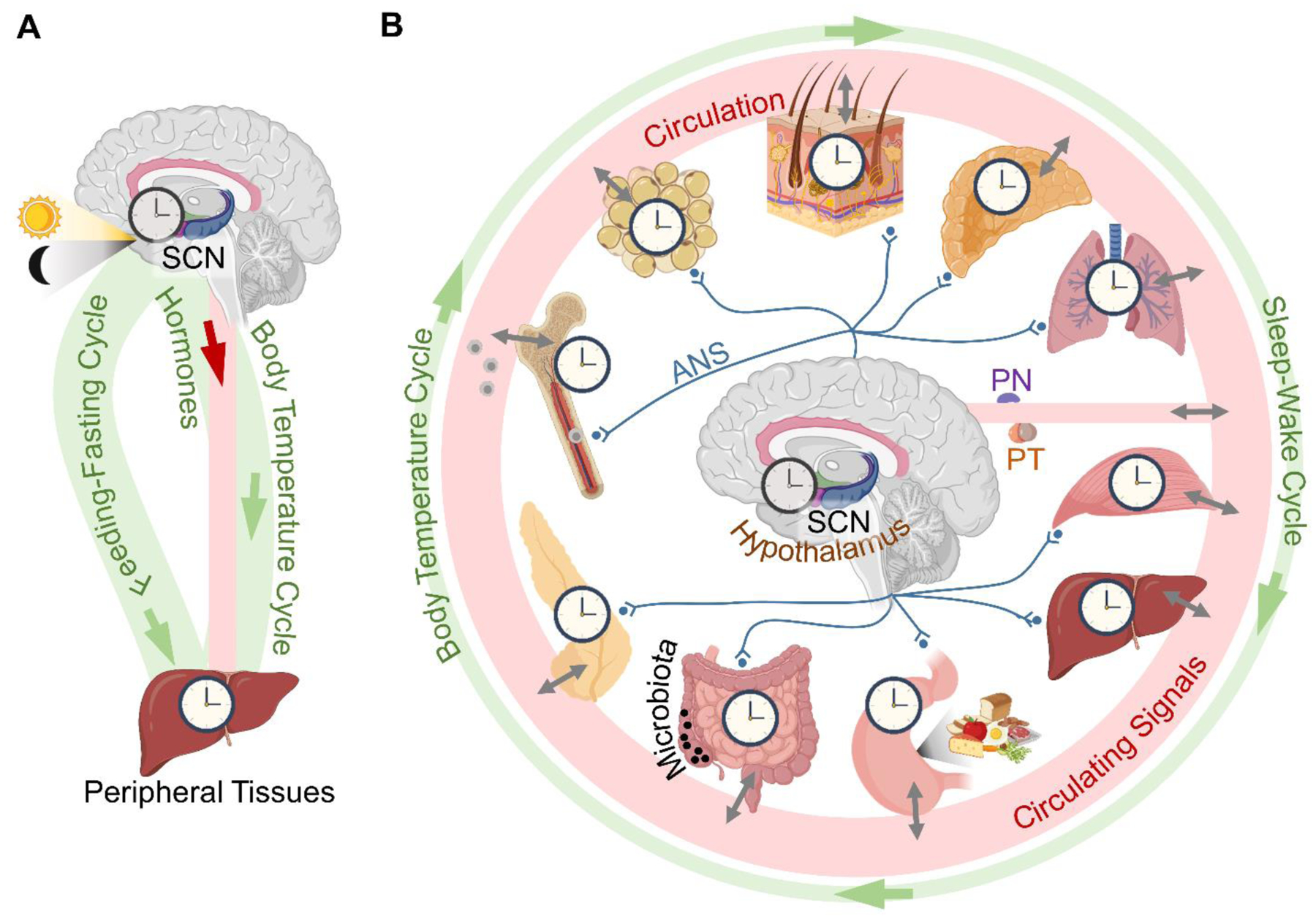Figure 3. Connections of the mammalian clock system.

(A) A conceptual model based on knowledge from the turn of the century. (B) A current model of the system. In addition to the suprachiasmatic nucleus (SCN), other distinct hypothalamic clocks control daily energy homeostasis. The autonomic nervous system (ANS) differentially innervates peripheral tissues and modulates their clocks by adjusting sympathetic tone. All clocks are connected via the circulatory system by an ever-growing list of synchronizing factors, many of which are under local circadian control in peripheral tissues. See also Table 1 for circadian factors, their signaling pathways and clock targets within the system. PN – pineal gland; PT – pituitary gland.
